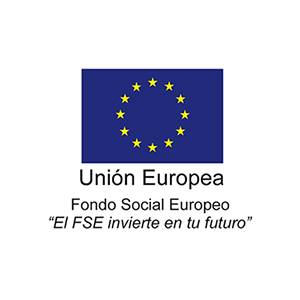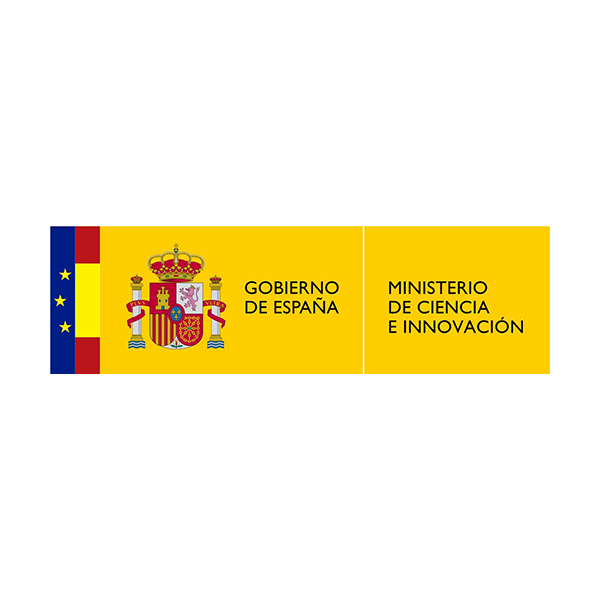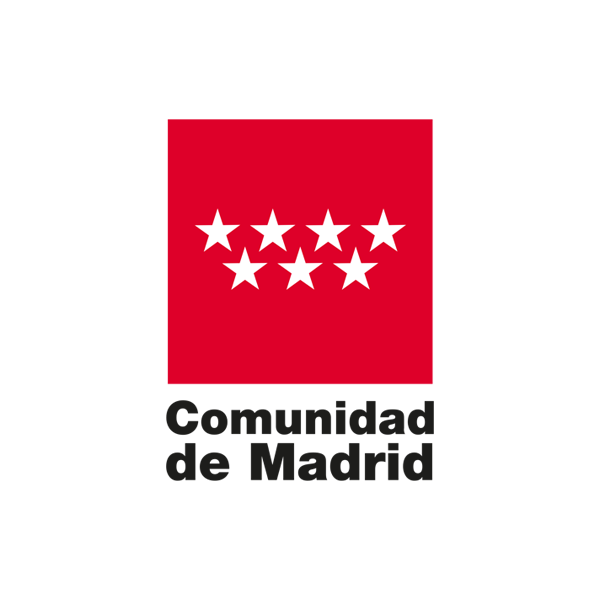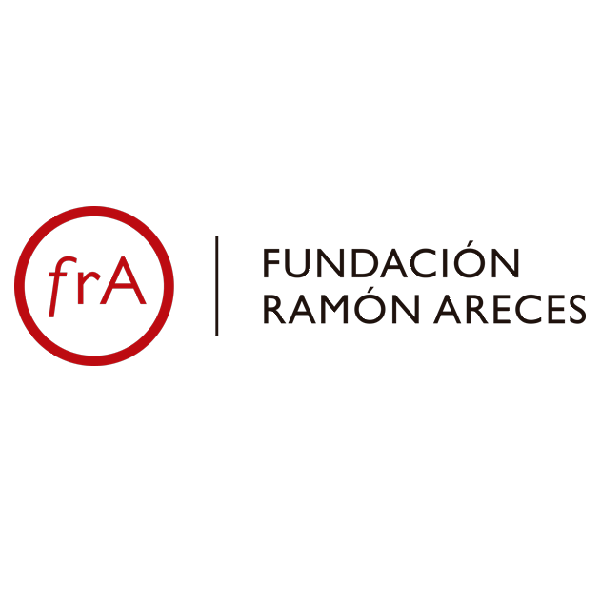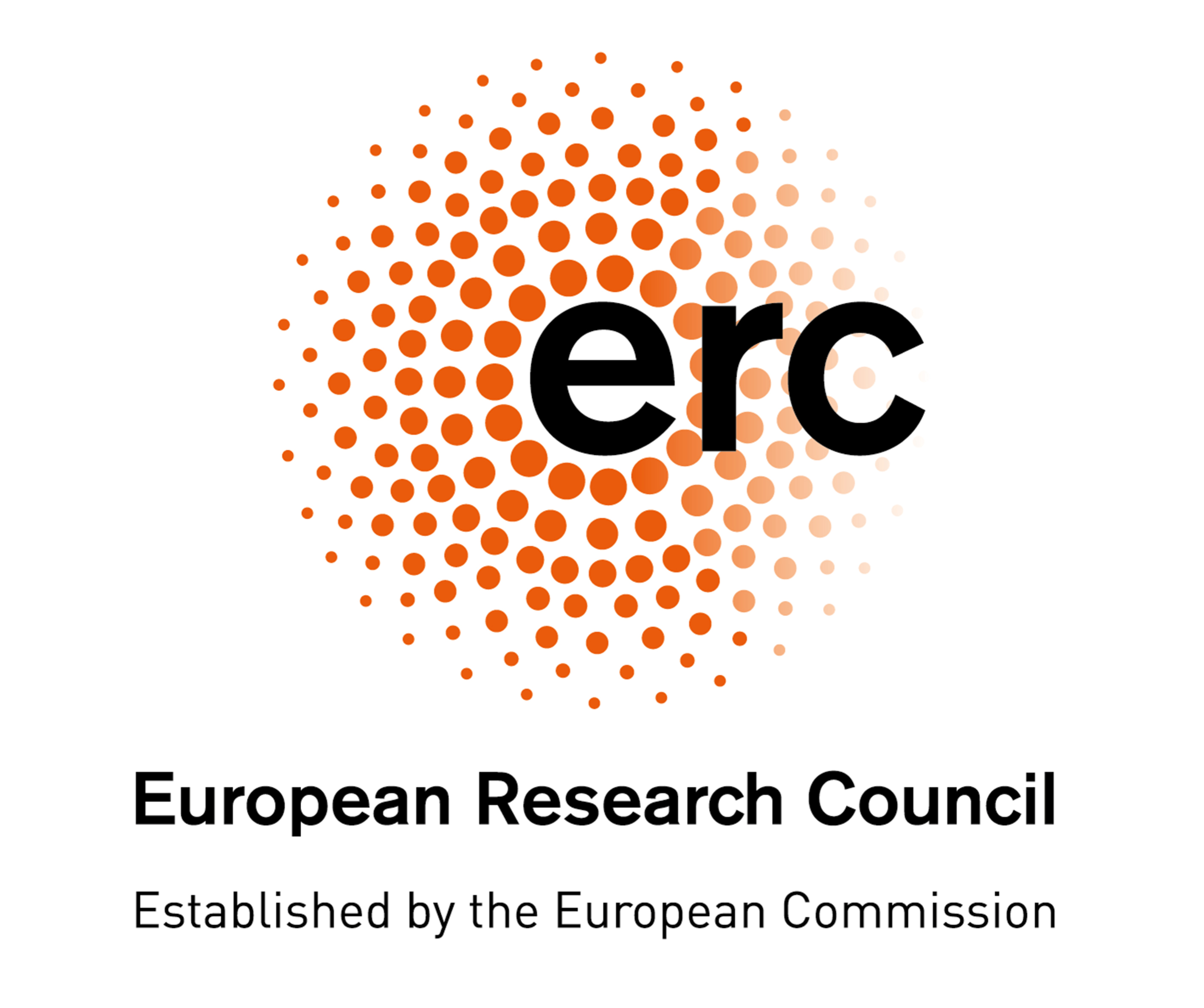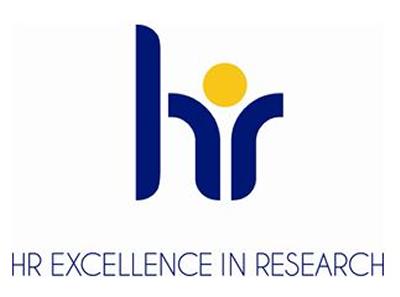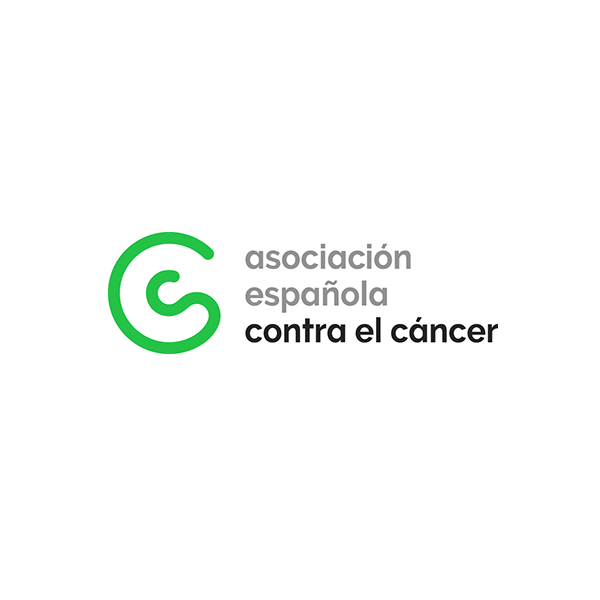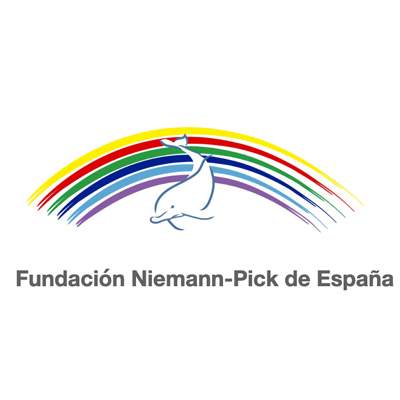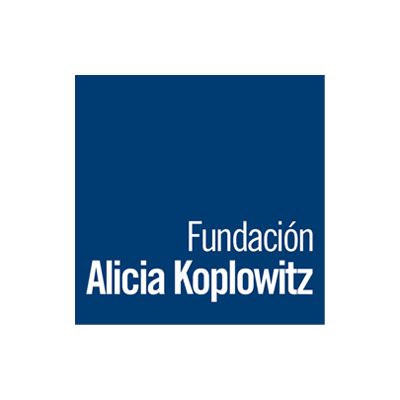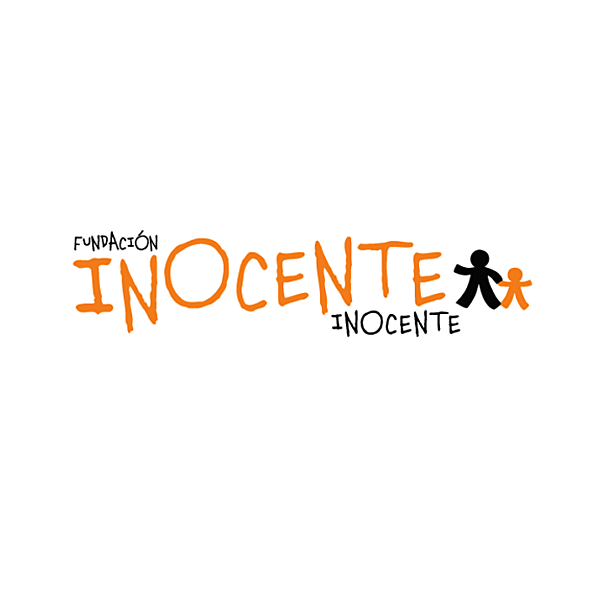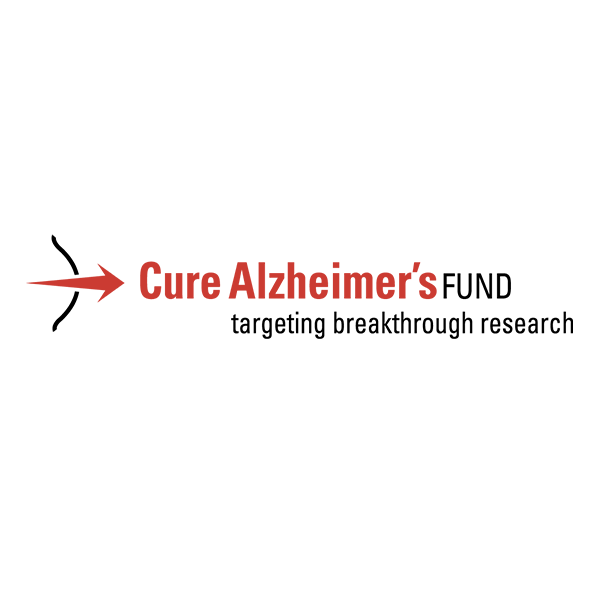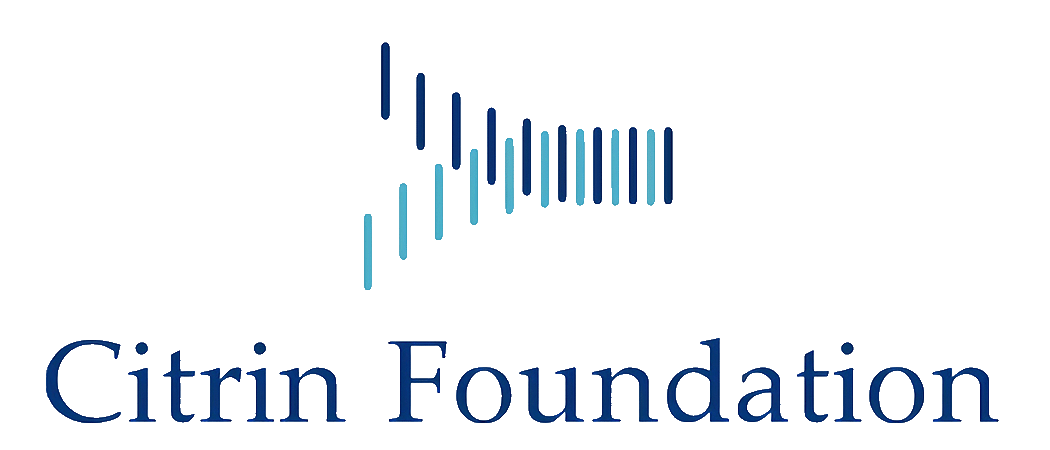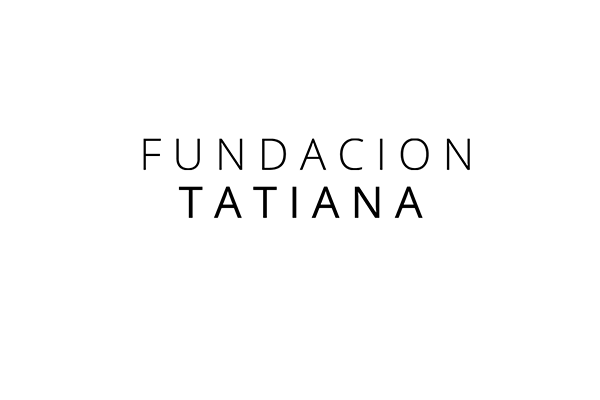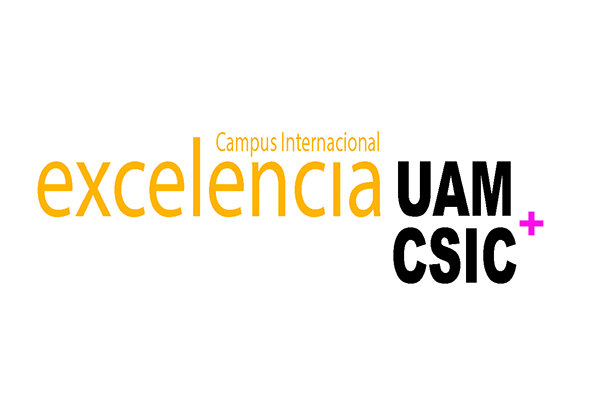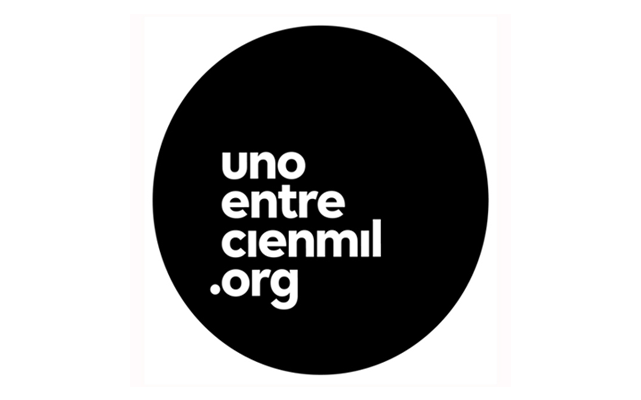Regulation and function of proinflammatory mediators and their involvement in immune and inflammatory mediated diseases
Research summary:
We analyzed the involvement of Toll-like receptors (TLR)/NFAT/Cyclooxygenase (Cox)-2/prostaglandins (PGs) in the immune system and inflammatory pathologies as Obesity, Cancer and Sepsis. PGF2α negatively regulates adipocyte differentiation through transcription factor NFAT. Moreover, NFATc4 deficiency plays a key role in obesity and fatty acid metabolism. Cox-2 inhibitors reduce cancer but have side effects. As an alternative, we have analyzed genes regulated by Cox2 that may provide a protooncogenic advantage. Among those, we identified, mPGES1 is involved in increased growth and induced through a PGF2α/Egr-1 mechanism. Moreover PGF2α induced TGFβ-PMEPA1 pathway, which is a critical mediator of epithelial plasticity and ovarian carcinoma progression. Dual-specificity phosphatase 10 (Dusp10) controls stress response to serum deprivation and confluence arrest and binds and dephosphorylates Yes-associated protein 1 (YAP) in colorectal cancer progression.

Figure 1. Dusp10 Role in Colon Cancer. Upon cell contact (HD), normal cells undergo growth inhibition in part due to YAP1 phosphorylation in Ser 127 and Ser397 by HIPPO/LATS pathway leading to subsequent degradation. In colon cancer cells Dusp10 is induced, dephosphorylates Ser397 and translocate YAP1 back to the nucleus where it activates transcription.
TCFL5, initially cloned by us as CHA, is a member of the bHLH transcription factor family. We found that human TCFL5 gene locus is a complex with 4 isoforms. Besides, we performed interactome analysis of all TCFL5 isoforms. The 2 major isoforms, TCFL5 and CHA, will result from alternative promoter usage and differential transcription, rather than from gene splicing. We have confirmed binding to those promoters of Notch1, Egr1 and c-Myc. We found that CHA isoform, but not TCFL5 can bind to c-Myc and repressed its transcriptional activity in several cancer cell lines. Notch1 can bind to TCFL5 promoter and induce TCFL5 isoform. On the contrary, c-Myc can induce both TCFL5 and CHA transcription. We have also defined a set of genes regulated by TCFL5/CHA in leukemia cell lines and established its role in the prognosis and development of B-and T-acute lymphoblastic leukemia and in normal hematopoiesis.
The protozoan parasite, Trypanosoma cruzi causes Chagas’ disease. We addressed the impact of T. cruzi genetic variability in the clinical outcome and immunopathology of the disease. We addressed the role that T cell CD4+ subsets, myeloid subclasses including myeloid-derived suppressor cells (MDSC) have in the immunopathogenesis with special focus on myocarditis, both in animal models and in patients, which differ depending of the infecting strain. To address this enormous complexity we used a system biology multiomic approaches including genomics, transcriptomic, metabolomics, etc. We have found many metabolic, miRNA and mRNA transcription alterations in T. cruzi infection suggesting a stressful condition in the heart. Serum miRNAS are excellent Biomarkers of Chagas’ disease progression. Besides, we defined Slamf1 as a new T. cruzi receptor.
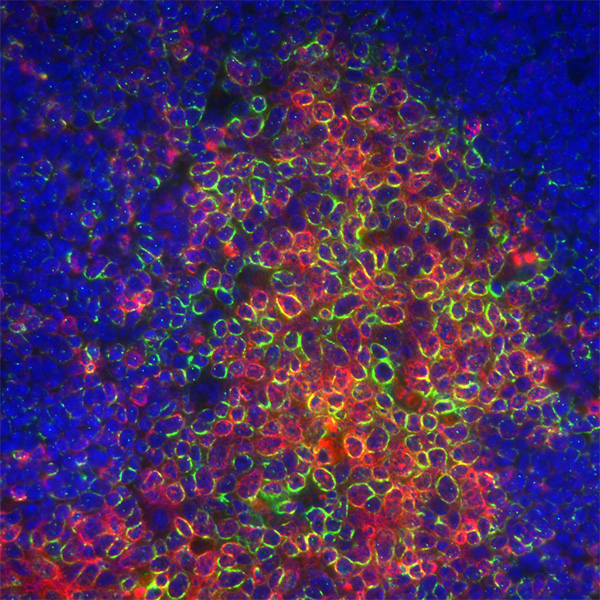
Figure 2. Expression of TCFL5 in B lymphocytes of germinal centers upon activation of differentiation. Image of a mouse lymphoid germinal center stained with TCFL5 (red) or Bcl6, a marker of the germinal center (green), upon activation with SRBC.
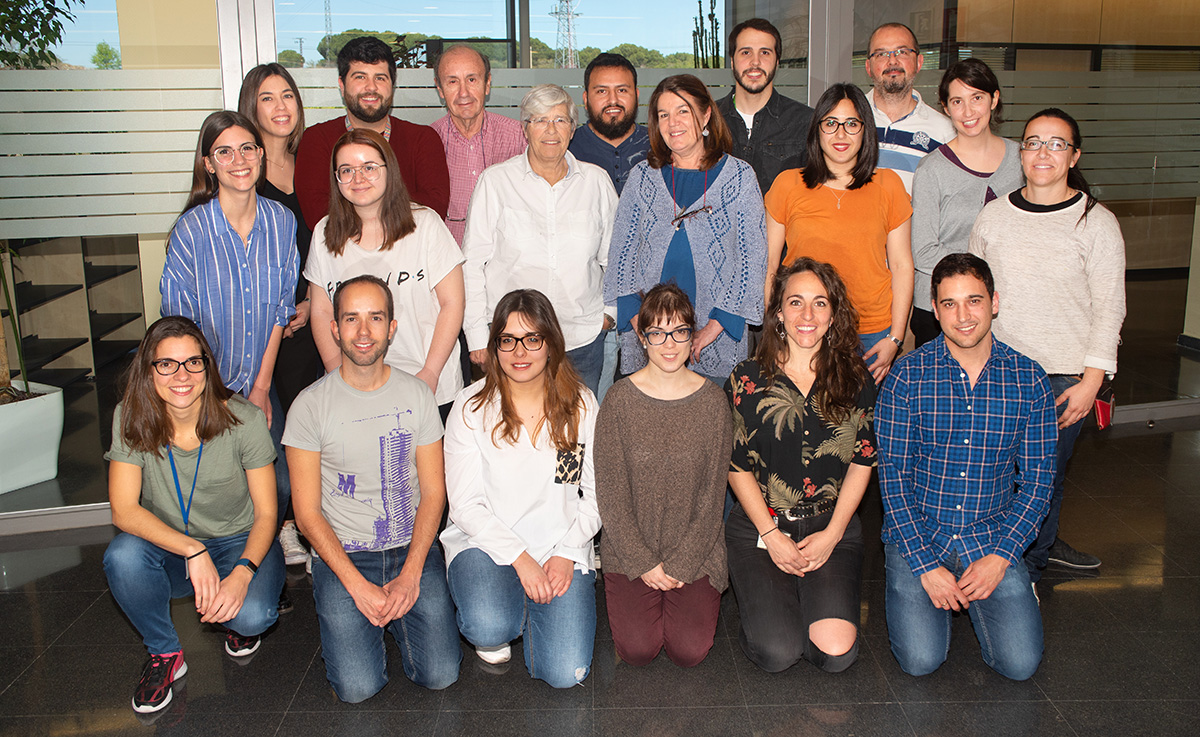
| Last name | Name | Laboratory | Ext.* | Professional category | |
|---|---|---|---|---|---|
| Fresno Escudero | Manuel | 226 | 4565 | mfresno(at)cbm.csic.es | Emérito |
| García Prieto | Teresa | 226 | 4572 | teresa.garcia(at)cbm.csic.es | Titulado Sup.de Actividades Técn. y Profes. GP1 |
| Herreros Cabello | Alfonso | 226 | 4735 | Tit.Sup.Activ.Técn.y Profes. GP1 | |
| Lahera Alonso | Antonio | 327 | 4653 | a.lahera(at)cbm.csic.es | Investigador Indef. GP1 |
| Maroto González | Carolina | 226 | 4572 | cmaroto(at)cbm.csic.es | Técnico UAM |
| Merino Valverde | Javier | 226 | 4572 | javier.merino(at)cbm.csic.es | Titulado Sup.de Actividades Técn. y Profes. GP1 |
| Olivares Vaquerizo | Natalia | 226 | 4572 | Estudiante | |
| Polo Nicoli | Sergio | 226 | 4529 | Contrato Predoctoral | |
| Sanz Rosello | María Magdalena | 226 | 4572/ 914978604 | magdalena.sanz(at)uam.es | Cuerpo Gral. Administrativo |
| Stamatakis Adriani | Konstantinos | 226 | 4572 | kstamatakis(at)cbm.csic.es | Profesor Ayudante Doctor |
Relevant publications:
- Jimenez-Segovia A, Mota A, Rojo-Sebastian A, Barrocal B, Rynne-Vidal A, Garcia-Bermejo ML, Gomez-Bris R, Hawinkels L, Sandoval P, Garcia-Escudero R, et al. Prostaglandin F2alpha-induced Prostate Transmembrane Protein, Androgen Induced 1 mediates ovarian cancer progression increasing epithelial plasticity. Neoplasia. 2019;21(11):1073-84.
- Jimenez-Martinez M, Stamatakis K, and Fresno M. The Dual-Specificity Phosphatase 10 (DUSP10): Its Role in Cancer, Inflammation, and Immunity. Int J Mol Sci. 2019;20(7).
- Jimenez-Martinez M, Ostale CM, van der Burg LR, Galan-Martinez J, Hardwick JCH, Lopez-Perez R, Hawinkels L, Stamatakis K, and Fresno M. DUSP10 Is a Regulator of YAP1 Activity Promoting Cell Proliferation and Colorectal Cancer Progression. Cancers (Basel). 2019;11(11).
- Callejas-Hernandez F, Gutierrez-Nogues A, Rastrojo A, Girones N, and Fresno M. Analysis of mRNA processing at whole transcriptome level, transcriptomic profile and genome sequence refinement of Trypanosoma cruzi. Sci Rep. 2019;9(1):17376.
- Fresno M, and Girones N. Regulatory Lymphoid and Myeloid Cells Determine the Cardiac Immunopathogenesis of Trypanosoma cruzi Infection. Front Microbiol. 2018;9(351.
- Callejas-Hernandez F, Rastrojo A, Poveda C, Girones N, and Fresno M. Genomic assemblies of newly sequenced Trypanosoma cruzi strains reveal new genomic expansion and greater complexity. Sci Rep. 2018;8(1):14631.
- Callejas-Hernandez F, Girones N, and Fresno M. Genome Sequence of Trypanosoma cruzi Strain Bug2148. Genome Announc. 2018;6(3).
- Santi-Rocca J, Fernandez-Cortes F, Chillon-Marinas C, Gonzalez-Rubio ML, Martin D, Girones N, and Fresno M. A multi-parametric analysis of Trypanosoma cruzi infection: common pathophysiologic patterns beyond extreme heterogeneity of host responses. Sci Rep. 2017;7(1):8893.
- Rodriguez-Angulo H, Marques J, Mendoza I, Villegas M, Mijares A, Girones N, and Fresno M. Differential cytokine profiling in Chagasic patients according to their arrhythmogenic-status. BMC Infect Dis. 2017;17(1):221.
- Carbajosa S, Gea S, Chillon-Marinas C, Poveda C, Del Carmen Maza M, Fresno M, and Girones N. Altered bone marrow lymphopoiesis and interleukin-6-dependent inhibition of thymocyte differentiation contribute to thymic atrophy during Trypanosoma cruzi infection. Oncotarget. 2017;8(11):17551-61.
Doctoral theses:
- POVEDA CUEVAS, CRISTINA. Influence of Trypanosoma cruzi and host genetic variability on Chagas disease immunopathology. Director: Manuel Fresno. Abril, 2017. Apto Cum Laude. 2017. Departamento de Biología Molecular. Universidad Autónoma de Madrid.
- JIMENEZ MARTÍNEZ, MARTA. La fosfatasa DUSP10 es un gen inducido por la ciclooxigenasa 2, implicado a través de la regulación de YAP1 en el desarrollo del cáncer colorrectal. Directores: Manuel Fresno y Konstantino Stamatakis. Julio 2017. Apto Cum Laude. 2017. Departamento de Biología Molecular. Universidad Autónoma de Madrid.
- JIMÉNEZ SEGOVIA, ALBA. Identification of PMEPA1 as a cyclooxigenase-2 induced gene and its potential implication in cancer progression. Junio, 2017. Manuel Fresno y Konstantino Stamatakis. Junio 2017. Apto Cum Laude. 2017. Departamento de Biología Molecular. Universidad Autónoma de Madrid.
Patents:
- Uso de una composición farmacéutica para la fabricación de un medicamento para el tratamiento y/o prevención del daño renal agudo.
- Número: 2015/8438 (de solicitud) y 201531328 (nº de patente)
- Propietarios: U. Autónoma de Madrid y Fundación Jiménez Díaz
- Inventores: Manuel Fresno Escudero; Alberto Ortiz Arduán; María Dolores Sánchez-Niño
- Fecha de solicitud: 21/05/2018 (concesión)
Projects:
- Fresno Escudero, Manuel. HOMIN: Host-microbe interactions in health and disease. Interface with the immune system. 317057. Marie Curie Action (ITN). Comisión Europea.2013-2017.
- Fresno Escudero, Manuel. Red de Investigación Colaborativa en Enfermedades Tropicales (RICET). RD16/0027/0006. ISCIII. 2017-2021.
- Manuel Fresno (Coordinador). B2017/BMD-3671. INFLAMUNE-CM. NUEVOS MECANISMOS MOLECULARES Y CELULARES IMPLICADOS EN LA FISIOPATOLOGÍA INMUNE Y ENFERMEDADES INFLAMATORIAS. Organismo financiador: Comunidad de Madrid. 2018-2021.

